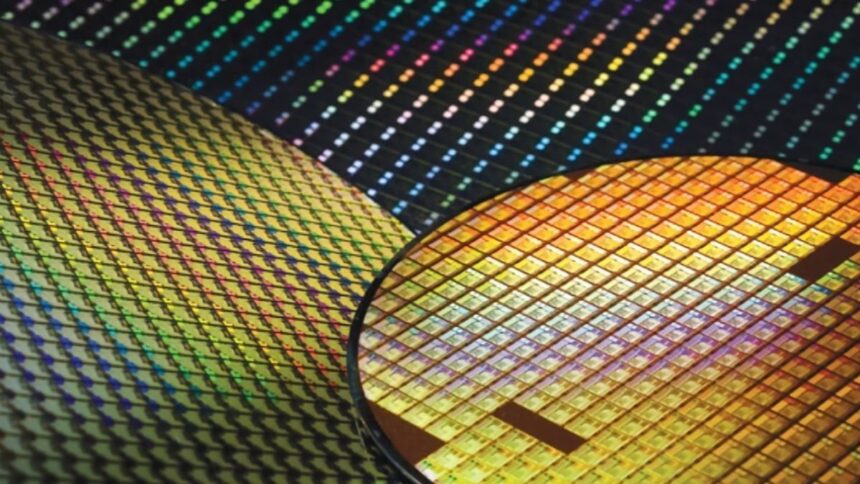TSMC, the world’s largest semiconductor manufacturer, has secured a $6.6 billion investment from the U.S. government as part of the CHIPS and Science Act. This funding will help build three new factories in Arizona, aimed at boosting domestic chip production.
According to TSMC, these new facilities will focus on manufacturing 5 nm and A16 process chips. U.S. President Joe Biden highlighted that this investment strengthens the country’s tech supply chain, addressing a key security concern related to dependence on imported chips.
The first factory is expected to start production by mid-2025, focusing on 5 nm and 4 nm technology, commonly used in GPUs and other high-performance components.
While TSMC initially announced that the second factory would be dedicated to 2 nm chips, the latest update indicates that this capability will now shift to the third factory, planned for construction later in the decade. This facility may also adopt the A16 process in the future, though TSMC has not yet confirmed this.
It’s also important to note that sub-2 nm technology will move away from the traditional nanometer terminology. Instead, it will use Angstroms as the new standard. For instance, rather than referring to chips as 1.8 nm or 1.6 nm, they will be labeled as A18/18A and A16/16A, respectively. This shift reflects the industry’s move toward ever-smaller and more advanced chip designs.
TSMC’s money invested in technology in the US
This US$6.6 billion will be combined with US$5 billion in loans, allowing TSMC to cover US$65 billion of the costs of building its three advanced factories in Arizona.
“It is the largest direct foreign investment in a greenfield project in the history of the United States”, says US President Joe Biden.
Semiconductor dispute in the USA
The production of 4 nm and 5 nm chips in Arizona starting in 2025 will be a significant step toward reducing the U.S. tech industry’s dependence on the Asian supply chain. Currently, much of the packaging, assembly, and component integration for semiconductors takes place in Asia. By shifting part of this production to American soil, TSMC aims to provide local manufacturers with a reliable source of advanced chips.
However, TSMC will face competition within the U.S. market itself. While the company plans to produce 2 nm chips in Taiwan and 4 nm and 5 nm chips in Arizona, its rival Intel is already gearing up for the next leap in technology. By 2025, Intel intends to launch its advanced 18A process domestically, aiming to outpace TSMC’s U.S. offerings and secure a stronger position in the high-performance computing market.





